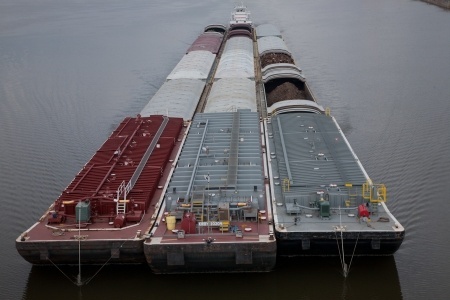
First of all it helps to have common definitions. Bureaucracy is the structure and rules that control the activities of people that work for an organization. Transformation, in simplicity, is the dramatic alteration from a current state.
The two structural types are quite different and to work in tandem would be quite the undertaking. Why? A bureaucratic environment thrives on the status quo and a controlling environment where often the focus on the customer is less obvious. A transformational organization is entrepreneurial and innovative where it empowers employees to be part of the solution to serve the customer.
The common organizations cited to be bureaucratic are governmental, public or academic organizations. However, any large organization that continues to grow corporate structure will eventually develop bureaucratic ways.
There are benefits for employees under either structure and clearly there are people who prefer one over the other. But if a given industry like healthcare is to shift to serving people in a different way, it will be much harder if the organization is highly bureaucratic.
Transformational leaders innately know how to engage employees and think innovatively. A transformational leader inside a bureaucratic organization has to be quite creative to thrive. And while employees will always align with a transformational leader, there may be rules to prevent the transformational leader from accomplishing an innovative vision within a bureaucracy.
There is typically more red tape and more stakeholders who believe they need to be involved in every decision. Hence it is much more difficult to get leaders engaged and aligned as the incentives are not aligned with transformational approach.
If bureaucracies could engage in transformation, unnecessary waste could be dealt with and overall expenses would be reduced. But over time as the infrastructure grows and the rules get more rigid, it is much easier to go along with everything than to try changing it.
And so it goes-- both bureaucratic and transformational structures survive, but having them join at the hip isn't likely to happen. The analogy sometimes used to describe a bureaucratic organization is a barge and moving it requires tug boats. Transformational organizations are more like high-speed motor boats that can turn and move quickly.
As you look at your organization, is it more bureaucratic in nature or is it more entrepreneurial in approach? Today's market place is moving faster and is becoming more demanding. Transformation is often necessary.
This post first appeared on WallinEnterprises.com. Let's connect: LinkedIn | Twitter